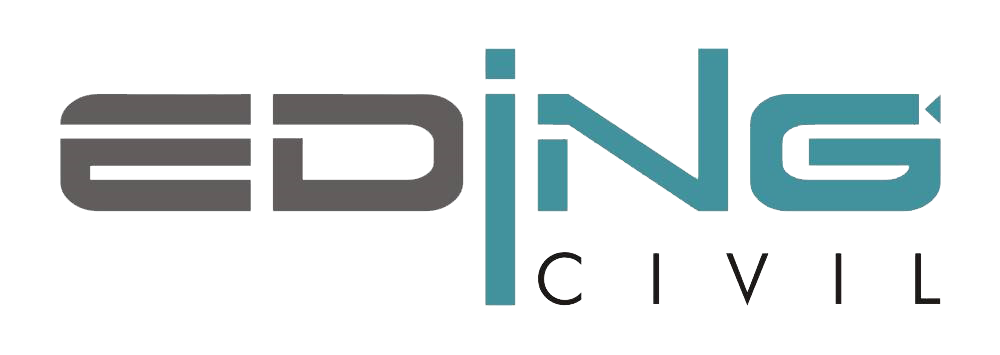
Since Mega Co. has a lower debt ratio than Super Co., Izzy the investor is more likely to invest in Mega. In this InvestingAnswers video, Sara Glakas explains debt ratio and gives us some examples of how the formula works. She tells us why different industries have higher or lower ratios. A lower debt ratio usually implies a more stable business with the potential of longevity because a company with lower ratio also has lower overall debt. Each industry has its own benchmarks for debt, but .5 is reasonable ratio.
A ratio greater than 1 shows that a considerable amount of a company’s assets are funded by debt, which means the company has more liabilities debt ratio definition than assets. A high ratio indicates that a company may be at risk of default on its loans if interest rates suddenly rise.
Video – Debt ratio
These include white papers, government data, original reporting, and interviews with industry experts. We also reference original research from other reputable publishers where appropriate. You can learn more about the standards we follow in producing accurate, unbiased content in oureditorial policy. The company must also hire and train employees in an industry with exceptionally high employee turnover, adhere to food safety regulations for its more than 17,133 stores in 2022. Adam Hayes, Ph.D., CFA, is a financial writer with 15+ years Wall Street experience as a derivatives trader. Besides his extensive derivative trading expertise, Adam is an expert in economics and behavioral finance.

The debt to assets ratio (D/A) is a leverage ratio used to determine how much debt a company has on its balance sheet relative to total assets. This ratio examines the percent of the company that is financed by debt. If a company’s debt to assets ratio was 60 percent, this would mean that the company is backed 60 percent by long term and current portion debt. Debt ratio analysis, defined as an expression of the relationship between a company’s total debt andassets, is a measure of the ability to service the debt of a company. It indicates what proportion of a company’s financing asset is from debt, making it a good way to check a company’s long-termsolvency.
Debt ratio – What is the debt ratio?
The result is that Starbucks has an easy time borrowing money—creditors trust that it is in a solid financial position and can be expected to pay them back in full. A debt ratio of greater than 1.0 or 100% means a company has more debt than assets while a debt ratio of less than 100% indicates that a company has more assets than debt. When you apply for credit, your lender may calculate your debt-to-income ratio based on verified income and debt amounts, and the result may differ from the one shown here.

Add debt ratio to one of your lists below, or create a new one. Until then, the public debt ratio had done nothing but rise ever since the euro had been brought into circulation. Of those, 800 have a debt ratio in excess of 80%, and 20% have a debt ratio of 100% or more. The budget deficit could, then, amount to 7%, and the debt ratio would be stable in the case of such a deficit. A company with a higher proportion of debt as a funding source is said to have high leverage.
How to use the debt ratio
Get instant access to video lessons taught by experienced investment bankers. Learn financial statement modeling, DCF, M&A, LBO, Comps and Excel shortcuts. The content on this page provides general consumer information. This information may include links or references to third-party resources or content. We do not endorse the third-party or guarantee the accuracy of this third-party information. We’re the Consumer Financial Protection Bureau , a U.S. government agency that makes sure banks, lenders, and other financial companies treat you fairly.
What Is a Debt-to-Equity Ratio? Definition, Calculation & Examples – TheStreet
What Is a Debt-to-Equity Ratio? Definition, Calculation & Examples.
Posted: Fri, 07 Oct 2022 07:00:00 GMT [source]
A debt-to-equity ratio shows how much debt a business has compared to investor equity. When viewing the two companies, https://www.bookstime.com/ side by side, you’ll notice that even though Super Co. has more assets than Mega Co., they also have more debt.
